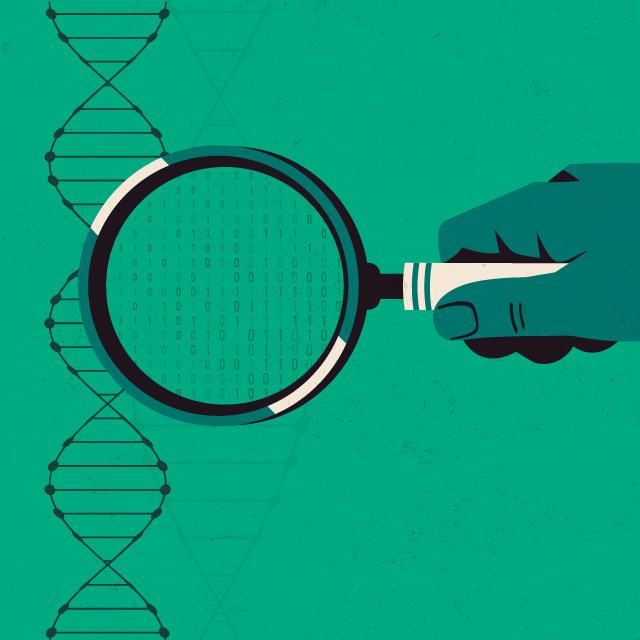A Johns Hopkins research team has developed e-dermis out of fabric and rubber laced with sensors to mimic nerve endings. The technology was designed for the fingertips of an upper body prosthesis.
“For the first time, a prosthesis can provide a range of perceptions, from fine touch to noxious, to an amputee, making it more like a human hand,” says Nitish Thakor, professor of biomedical engineering and director of the Neuroengineering and Biomedical Instrumentation Laboratory at Johns Hopkins.
E-dermis conveys information by electrically stimulating peripheral nerves in the arm in a noninvasive way. By sensing stimuli and relaying the impulses back to the peripheral nerves using transcutaneous electrical nerve stimulation, or TENS, e-dermis recreates a sense of touch as well as pain.
The e-dermis was tested over the course of one year on an amputee who volunteered in the neuroengineering lab at Johns Hopkins. The work — published June 20 in the journal Science Robotics — shows it is possible to restore a range of natural, touch-based feelings to amputees who use prosthetic limbs. The ability to detect pain could be useful, for instance, not only in prosthetic hands but also in lower limb prostheses, alerting the user to potential damage to the device.
The researchers plan to further develop the technology and better understand how to provide meaningful sensory information to people with amputations in the hopes of making the system ready for widespread patient use. The technology could also be used to make robotic systems more human, as well as to expand or extend to astronaut gloves and space suits.
Read the full Johns Hopkins University news release: New ‘E-Dermis’ Brings Sense of Touch, Pain to Prosthetic Hands



